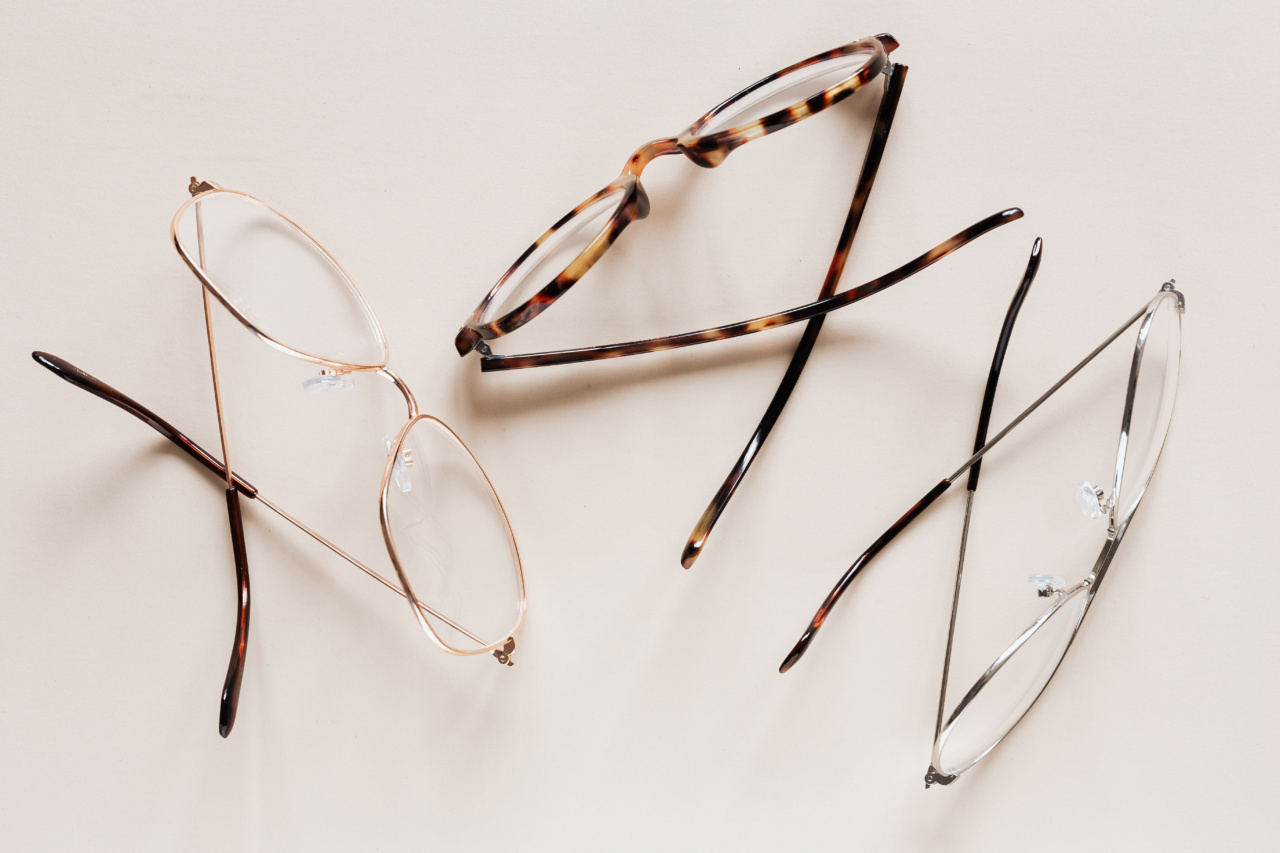Myopia, or nearsightedness, is a vision condition in which people can see objects that are close to them clearly, but objects that are far away appear blurry. In recent years, myopia has become an epidemic, especially among teenagers.
According to a study published in the Journal of the American Medical Association, 47% of young adults in the United States are nearsighted.
What causes myopia?
For many years, people believed that reading in dim light, watching too much television, or spending too much time on mobile devices caused myopia.
However, recent research suggests that myopia is largely a result of genetics and environmental factors, such as spending more time indoors and less time outdoors.
The importance of outdoor time
A number of studies have found that spending time outside can help to prevent myopia. In fact, one study published in the journal JAMA Ophthalmology found that every additional hour spent outside per week reduced the risk of myopia by 2%.
Another study found that children who spend more time outdoors are less likely to develop myopia than those who spend more time indoors.
While researchers are still not sure exactly why spending time outside is beneficial, they believe that it may be due to the fact that natural light is much brighter than indoor light, and that it helps to stimulate the release of dopamine in the retina. This hormone is believed to play a key role in preventing the eye from elongating, which is the cause of myopia.
Why myopia is a concern
While myopia itself may seem like a minor condition, it is associated with a number of serious eye problems, including cataracts, glaucoma, and a detached retina.
In addition, untreated myopia can lead to other problems, such as headaches, eye strain, and fatigue.
Unfortunately, the rate of myopia is increasing among teenagers around the world, particularly in countries with highly developed urban areas.
In fact, according to a study published in the journal Nature, half of the world’s population could be nearsighted by 2050 if current trends continue.
What can be done to prevent myopia?
While there is no single solution to preventing myopia, there are a number of steps that parents and children can take to reduce the risk:.
1. Encourage outdoor time
As mentioned earlier, spending more time outside can help to prevent myopia. Encourage your children to play sports, go for walks, and enjoy other outdoor activities.
2. Limit screen time
In addition to spending more time outside, it’s also important to limit screen time. This includes time spent looking at mobile devices, computers, and television screens.
3. Take regular breaks
When using a computer or mobile device, it’s important to take regular breaks to rest your eyes.
The American Optometric Association recommends following the 20-20-20 rule: every 20 minutes, take a 20-second break and look at something 20 feet away.
4. Get annual eye exams
Finally, it’s important to get regular eye exams, particularly if you or your children are at risk for myopia. Your eye doctor can provide guidance on preventing myopia and may recommend corrective lenses or other treatments if necessary.
Conclusion
Myopia is a growing epidemic among teenagers around the world, but there are steps that parents and children can take to reduce the risk.
By encouraging outdoor time, limiting screen time, taking regular breaks, and getting annual eye exams, we can help our children maintain healthy eyesight for years to come.




























